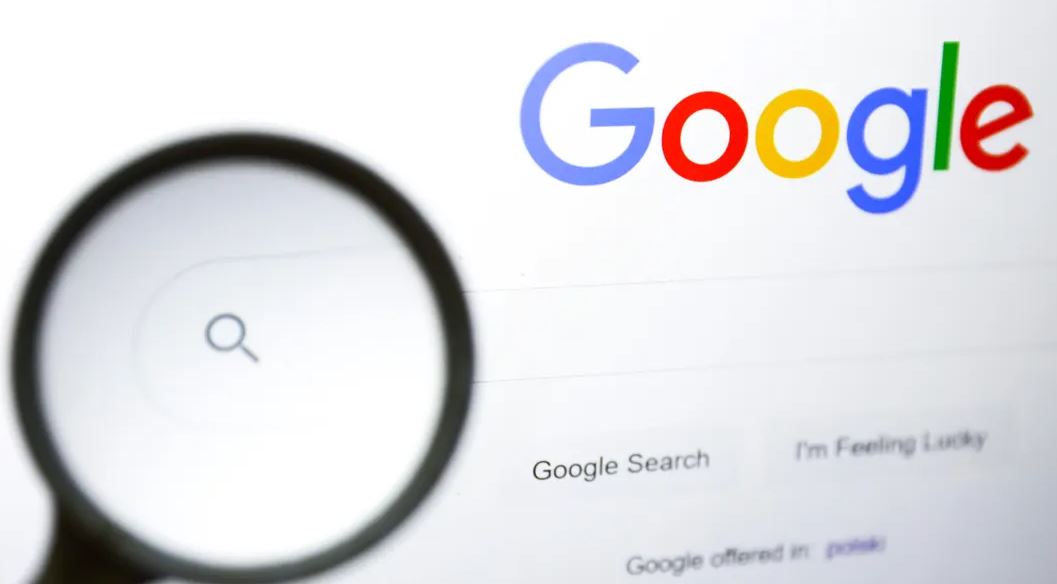Reverse Image Search
About this app
In a digital environment characterized by an abundance of images, reverse image search has emerged as an invaluable tool for tracing the origins of pictures, verifying their authenticity, and uncovering related content.
This article will delve into the concept of reverse image search, emphasizing its practical applications and the wide array of applications available for this purpose.
We will compare the advantages offered by various tools, provide a comprehensive overview of their functionalities, and offer strategies to enhance search accuracy.
Prepare to explore the full potential of reverse image search.
What is Reverse Image Search?
Reverse image search is a robust tool that enables users to obtain information about an image by either uploading it or providing its URL. This technology employs advanced image recognition and computer vision algorithms to analyze the uploaded image, extracting visual features and metadata to conduct a search across numerous image databases and online platforms.
By utilizing sophisticated visual search techniques, users can identify similar images, trace the origin of a photograph, or locate higher resolution versions. This functionality makes reverse image search an essential resource for digital forensics, copyright protection, and brand image management.
Explanation and Uses of Reverse Image Search
Reverse image search serves multiple purposes, including identifying the source of an image and verifying its authenticity. It plays a critical role across various sectors such as journalism, e-commerce, and social media monitoring.
In the realm of digital marketing, this technology enables brands to track the usage of their visuals across the internet, facilitating the development of more effective campaign strategies and enhancing brand management. E-commerce platforms benefit from this capability by ensuring that product images are authentic and accurately represented, thereby fostering customer trust and improving sales.
Content verification has become essential in today's fast-paced information landscape; employing reverse image search can aid in identifying misleading or manipulated images, a practice crucial for maintaining journalistic integrity. As image analysis continues to evolve, the applications of multimedia search will further streamline these processes, providing deeper insights and enhancing decision-making capabilities.
Benefits of Using Multiple Apps for Reverse Image Search
Utilizing multiple applications for reverse image search provides numerous advantages, including enhanced search accuracy, improved user experience, and access to a variety of image search tools designed to meet specific requirements.
Each application may employ distinct search algorithms and machine learning techniques, leading to varying performance metrics and usability. Therefore, it is essential to compare the features and functionalities of these applications.
This multi-application approach not only increases the likelihood of locating the desired image but also enables users to gain a comprehensive understanding of the strengths and weaknesses of each tool, thereby ensuring effective and efficient image sourcing.
Comparison and Advantages of Different Apps
When comparing various reverse image search applications, it is crucial to assess their functionalities, user ratings, and compatibility across different platforms to ensure that users select the most suitable option for their specific requirements.
This assessment entails a thorough examination of features such as the accuracy of image matching, the speed of search results, and any additional tools that may enhance the user experience. For example, some applications provide advanced filtering options that allow users to refine their searches based on criteria such as color, size, or image type.
User feedback is particularly valuable, as it offers insights into the practical usability and performance of the applications over time. Additionally, cross-platform compatibility can significantly impact the selection of an application, given that many users prefer solutions that operate seamlessly across their devices, whether they are using Android, iOS, or desktop platforms.
Distinct features, such as the capability to search for similar images or the integration of image editing tools directly within the application, can also differentiate one app from another in this competitive market.
How to Use Reverse Image Search with Different Apps
Utilizing reverse image search across various applications is a straightforward procedure that generally entails uploading an image or entering a URL, followed by the selection of the preferred search method, such as image matching or AI image search.
Each application may provide distinct functionalities, including screenshot search capabilities, which enhance the search experience and yield improved results.
Familiarity with the specific steps for each application is essential, as it can streamline the search process and optimize the effectiveness of the reverse image lookup.
Step-by-Step Guide for Each App
Each reverse image search application may possess distinct features; however, a general step-by-step approach can streamline the process and enhance search efficiency, thereby ensuring effective data retrieval and accurate results.
To initiate the process, users should open the selected application, thereby establishing a seamless user experience from the outset. They may then upload an image directly from their device or paste an image URL for expedited access.
Once the image is submitted, the application processes it and employs advanced algorithms to search for similar visuals across the internet. Unique features, such as image tagging and filtering options, further enhance search results by categorizing images based on their content and context.
This aspect is crucial, as appropriate tagging can significantly impact the relevancy of search outcomes, enabling users to obtain precise information and visually related content more efficiently.
Tips for Getting Accurate Results with Reverse Image Search
To attain the highest level of search accuracy when utilizing reverse image search, it is imperative to adhere to best practices. These include optimizing image quality, comprehending the ethical considerations associated with image usage, and ensuring data privacy throughout the process.
By implementing these practices, users can significantly enhance the effectiveness of image searches, enabling them to obtain relevant results while respecting the rights of content creators.
Best Practices and Common Mistakes to Avoid
Understanding best practices for reverse image search significantly enhances the accuracy of results while minimizing common errors, such as the use of low-quality images or insufficient verification of the content's origin.
To improve the likelihood of successfully locating the desired information, users should prioritize high-resolution images, as these tend to yield superior search outcomes. Assessing the quality of the image prior to initiating a search is essential; this assessment should involve a careful examination of resolution, clarity, and context to ensure that the image accurately represents the content in question.
Content verification is equally critical. Ensuring that the source is credible and that the image corresponds to the intended context can mitigate the risk of misinterpretation. Common pitfalls include neglecting the importance of metadata and failing to utilize advanced filtering techniques, both of which can result in inaccurate or irrelevant search results.
Related Apps
-
Galaxy WearableGETTools and Productivity
-
Google LensGETTools and Productivity
-
Speedtest by OoklaGETTools and Productivity


















